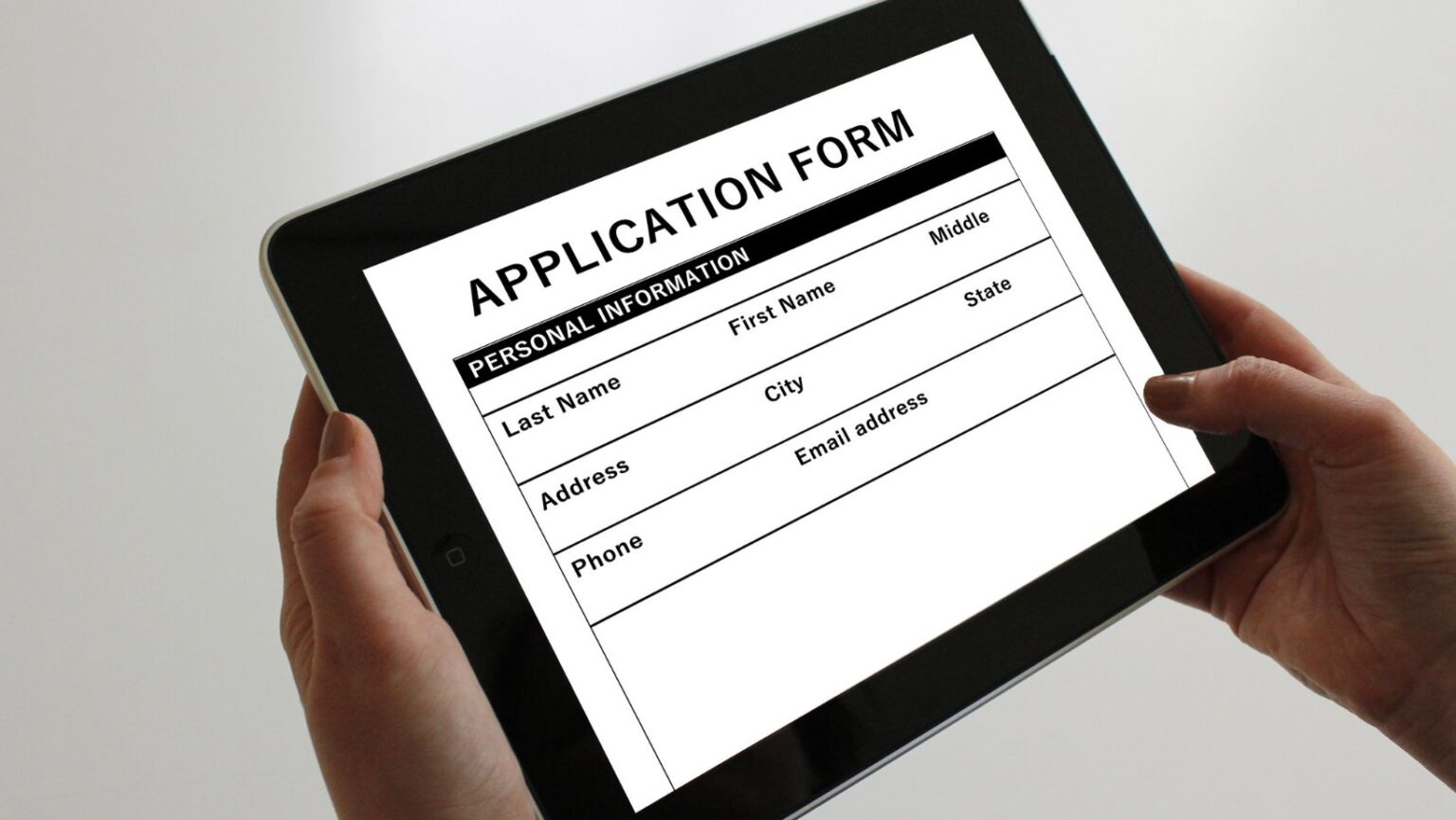Exploring the dynamics of school format unveils ultimate guide on a crucial aspect of the education system that significantly impacts students’ learning experiences. From traditional classrooms to online platforms, the format gives ah unforgettable getaway in which education is delivered plays a pivotal role in shaping young minds. Understanding the nuances of different school formats is essential for educators, parents, and policymakers alike to ensure the best possible learning outcomes for students.

In today’s digital age, the landscape of school format continues to evolve rapidly, presenting both challenges and opportunities for stakeholders. As technology reshapes the way knowledge is imparted and acquired, adapting school formats to meet the needs of modern learners is paramount. By delving into the intricacies of various school formats, one can gain valuable insights into how education is tailored to suit diverse learning styles and preferences.
Understanding School Format

School format plays a crucial role in shaping students’ educational journey. It determines the structure, delivery, and overall learning experience within an educational institution. Understanding the diverse school formats is essential for educators, parents, and policymakers to make informed decisions that positively impact student outcomes.
The evolving landscape of school formats in the digital era presents both challenges and opportunities for stakeholders in the education sector. By delving into the intricacies of various formats, valuable insights can be gained on how to tailor education to meet the diverse needs and preferences of learners.
Pros and Cons of Traditional School Format
Traditional school formats offer a structured environment that promotes routine and discipline among students. This consistency helps in establishing a stable learning atmosphere conducive to academic growth. Additionally, face-to-face interaction with teachers in traditional classrooms allows for immediate feedback and clarification on concepts, fostering better understanding and engagement.
On the flip side, traditional school formats may lack flexibility in learning pace and style. Students with varied learning speeds or preferences might struggle to keep up with the standard curriculum, leading to potential disengagement or frustration. Moreover, the rigid schedules of traditional schools can limit students’ exploration of individual interests outside the set academic framework.
Blended Learning as a School Format
Blended learning combines traditional face-to-face instruction with online digital resources, allowing students to have more control over their learning pace and style. It offers a dynamic and interactive learning environment where students can engage with both teachers and online materials. This approach enhances flexibility, fosters independence, and promotes self-directed learning, preparing students for a technology-driven world.
Implementing Effective School Format Strategies

Expanding on the modern approaches to school formats is essential for optimizing educational outcomes. Embracing innovative strategies ensures that schools remain relevant and meet the diverse needs of students.
Implementing effective school format strategies involves tailored solutions that blend traditional techniques with contemporary advancements. By leveraging the following strategies, educators and policymakers can create dynamic learning environments that foster growth and engagement:
- Flexibility in Curriculum Design: Incorporating a flexible curriculum design allows for personalized learning experiences tailored to students’ individual needs. By offering diverse learning paths and resources, educators can cater to varying learning styles and paces, promoting student engagement and success.
- Integration of Technology: Integrating technology into the school format enhances the learning experience by providing access to a wealth of digital resources and tools. Utilizing educational platforms and interactive applications can encourage interactive learning, critical thinking, and collaboration among students.
- Professional Development for Educators: Continuous professional development for educators is crucial in implementing effective school format strategies. Training teachers to adapt to new teaching methodologies, utilize digital tools, and engage students through innovative practices is vital for enhancing the overall learning experience.
- Collaborative Learning Spaces: Creating collaborative learning spaces within the school environment promotes interaction, communication, and teamwork among students. Designing classrooms that facilitate group activities, discussions, and project-based learning enhances social skills, problem-solving abilities, and creativity.
- Parental Engagement Programs: Involving parents in the educational process through engagement programs fosters a supportive learning environment. By establishing open communication channels, sharing student progress, and soliciting parental feedback, schools can strengthen the partnership between home and school, contributing to student success.
- Assessment and Feedback Mechanisms: Implementing effective assessment and feedback mechanisms helps monitor student progress, identify areas for improvement, and provide timely interventions. Utilizing formative assessments, peer evaluations, and constructive feedback loops enhances learning outcomes and promotes continuous growth.

